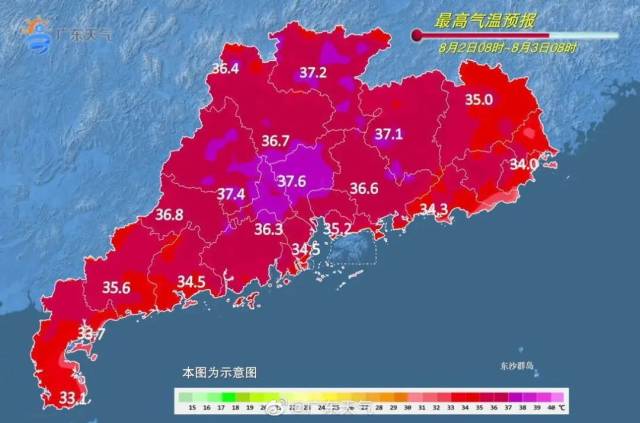A takeaway belly will make you eat tens of billions of micro -plastic?
Author:House of Science and Technolog Time:2022.08.12
Plastic lunch boxes, disposable paper cups, milk tea cups ... Micro -plastic is everywhere. While enjoying the convenience brought by plastic, we have also been deeply siege of micro -plastic.
01
A takeaway will let you eat hundreds of millions of micro -plastic
As early as 2004, the concept of micro -plastic was first proposed in an article published in Nature's magazine that micro -plastic refers to plastic fragments or textile fibers with a diameter of less than 5 mm.
A study by the National Institute of Standard Technology shows that low -density polyethylene can release a large amount of micro -plastic at a high temperature of 100 degrees Celsius, which means that when you use plastic foam takeaway boxes, many micro -plastic may be intake Essence However, no study shows that eating a takeaway will consume hundreds of millions of micro -plastic.
02
How does it produce the true face of micro -plastic?
Sewage treatment plant
Some sewage treatment plants use the treated sewage sludge for soil fertilizer, causing relatively large plastic in the sludge to be exposed to the air. These plastic blocks are fragmented under the action of the sun and the microorganisms. Eventually entering the water through the rain canal.
Car tire
The wear of car tires also produces a large amount of micro -plastic and flows into the living environment. A Danish survey shows that the emissions of micro-plastic emissions of the source tires each year can reach 5500-14,000 tons.

Cosmetics industry
Some cosmetics companies use micro -plastic instead of natural exfoliating ingredients as "micro -peeling agents". Micro -peeling agents of these cosmetics are usually made of polyethylene, polypropylene, polybinic acid ethylene glycol or nylon Used in facial cleansing milk, hand sanitizer and other personal care products. Therefore, the "micro -peeling agent" will flow into the sewage system, and their size is too small to process the preliminary treatment of the wastewater treatment plant. It cannot be filtered out, and will eventually flow into the river or ocean.
Garment Industry
Clothing is also the main source of micro -plastic. Many synthetic fibers, such as polyester fiber, nylon fiber and acrylic fibers, can fall off from clothing and enter our living environment. Each piece of clothing can fall off more than 1900 cellulose fiber, of which the fiber proportion of wool products is the highest, 1.7 times that of other clothing.
manufacturing
Plastic products are generally made of small resin particles as raw materials. These raw materials are transported in land or maritime. Because the raw materials of packaging problems will be leaked unexpectedly, or flowing out of the processing plant, micro -plastic, and finally entering the water body.
Fishery
The fishing gear in leisure and commercial fishing is also a source of plastic fragments. Discarding fishing gear, such as plastic single wire and nylon net, floats in the water environment with different depths of the ocean, and eventually become a marine micro -plastic.

03
How does micro -plastic enter the human body?
On the one hand, micro -plastic enters the human body through the action of biological enrichment, and it will transfer along the food chain, and each passing through a organism, its concentration will significantly increase. Therefore, humans located at the top of the food chain are theoretically theoretical micro -plastic. For example, when you eat garlic fans oysters, you may eat a lot of micro -plastic.
On the other hand, micro -plastic entering the human body does not rely on "eating meat" biological enrichment. The salt and bottled water we eat contain micro -plastic. Similarly, two kinds of salt commonly used in Spain -sea salt and rock salt are also found to contain micro -plastic. The most common types of micro -plastic found in the above two studies are polyetinylene ethyl.
Will the micro -plastic in the stomach be absorbed? A new study was released at the annual meeting of the European Union Gastrointestinal Disease Expert in Vienna. The study was first confirmed that a variety of micro -plastic was found in the human body.

They collected samples from eight volunteers from different countries, analyzed their feces, and found micro -plastic ranging from 50 microns (about twice the diameter of human skin cells) to 5 mm. They also detected 9 of the 10 common types of plastic polymers, especially for polypropylene used to make bottle caps for making polypholic glycols of bending phenyl glycols and used for food containers. The polystyrene of water cup. Although it is impossible to determine the exact source of each micro -plastic particles, the results of the study confirmed that we were surrounded by micro -plastic in daily life.
04
Micro -plastic harmfulness is everywhere, is there any rescue?
Although there is no study that it is clearly stated that micro -plastic is harmful to the human body, it is still related to health. The above researchers hope to carry out a larger scale with more participants to find any connection between the number, type and size of plastic particles, and the place where people live, diet and other lifestyle factors. I also hope to find smaller plastics. These plastics are most likely to penetrate the inner layers of the intestine and enter the circulatory system and other organs, such as other nano -size artificial particles.
Although people are eating micro -plastic particles, they can discharge some plastic particles, indicating that micro -plastic will not be completely absorbed by the human body.
Micro -plastic is everywhere
Want to reduce the harm of plastic to the environment and health
Need to start with you and me
- END -
Tons of ton ton ... Do you have to drink 8 glasses of water every day?

In the heatMany areas in Guangdong exceeded 35 ℃Take a look at the hot chicken le...
The latest judgment of the Beijing epidemic situation!

At 16 o'clock on June 18, Beijing held a press conference of the 369th crown epide...